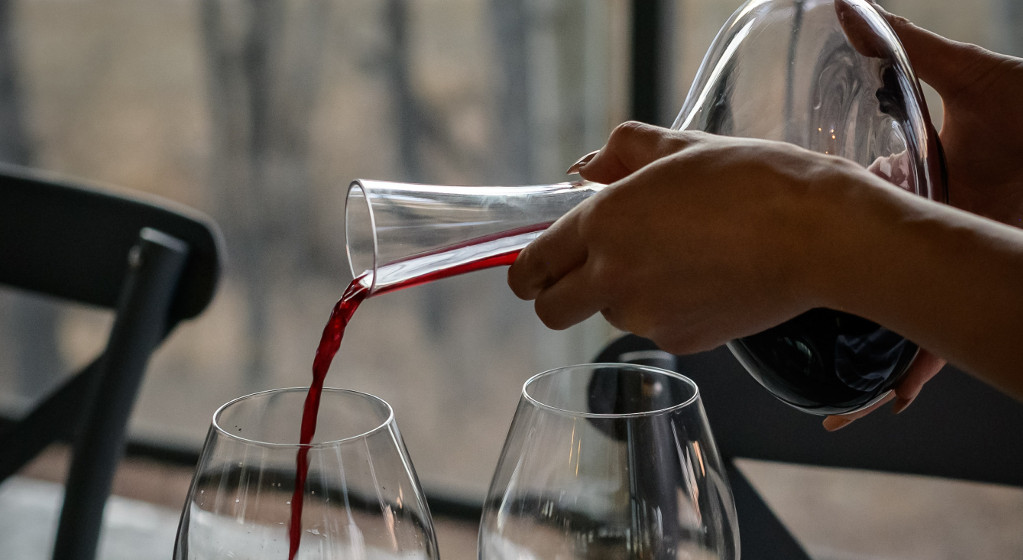If you’ve found extra “stuff” in your wine, it’s likely for one of three reasons:
Your glass wasn’t clean.
Just like Alanis, sometimes you’ll find a black fly in your Chardonnay or, worse, something completely unidentifiable. Dirt? Dust? Something weird from the dishwasher? I’ve seen it all!
The solution? Keep your glasses stored in a safe place so they stay nice and clean. Before you fill them up, give your wine glasses a wipe down with a soft cloth to remove any dust and keep them bright.
Tartrate Crystals:
Tartrate crystals are glittering, jagged formations you may see on the cork, in the bottle or in your glass. They are not harmful, their presence just indicates that your wine was made with lower intervention throughout the winemaking process.
Here’s how it works: there are three main acids that exist in grapes- malic acid, citric acid and tartaric acid. Tartaric acid is responsible for the tartness found in the finished wine and also for creating tartrate crystals, when the conditions are right. When the wine is chilled down greatly, Tartaric acid can solidify (by binding with potassium molecules) creating tartrate crystals- sometimes affectionately known as “wine diamonds”.
Other Sediment:
Another perfectly normal thing to find in some bottles of wine! More common in red wines, sediment is a by-product of the winemaking process; usually spent yeast cells or leftover grape solids. When you find sediment in your glass, it is often because the winemaker has chosen not to stabilize the wine, nor have they done much (if any) filtering or “racking” the wine aka gently separating the wine from the sediment. This is especially common in red wines.
A fine sediment can also be a by-product of bottle ageing. If you like to drink older wines, you will likely notice sediment in the bottom of the bottle. As a wine ages, it undergoes a chemical change. Phenolic molecules combine to form long chains of tannins. This is one reason why aged red wines have such a differently texture- the tannins feel different throughout this process. As this is happening, a sediment forms.
Sediment is not harmful but if the grittiness or general texture (which can vary) bothers you, you can decant your wine. Or, you can simply ignore those gritty bits and leave them in the bottom of your glass.
Want to learn more about when to decant wine? Read Alanna’s decanting post here.
Do you have questions about wine, beer or spirits that you’d like us to answer? Send your questions to online@bishopscellar.com to be featured in a future segment!
Image description: Two hands pour red wine from a decanter into two waiting glasses.

